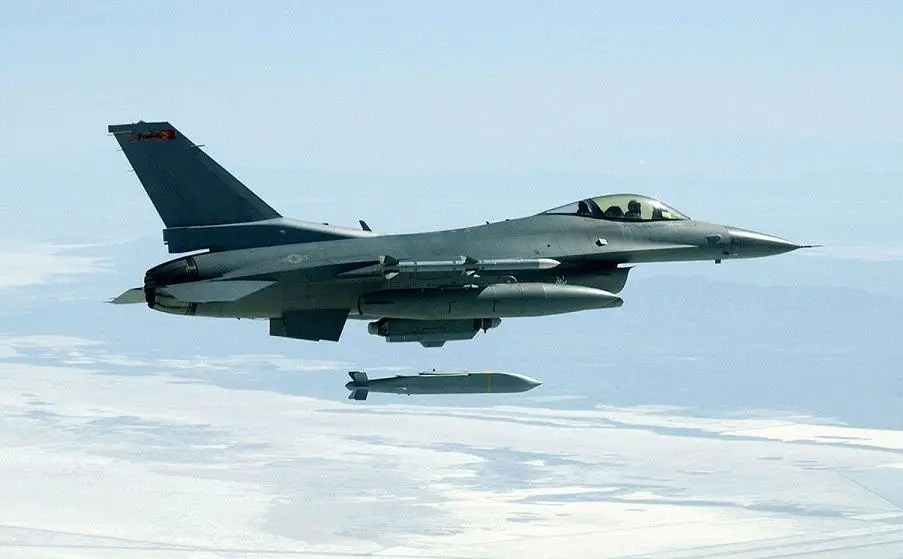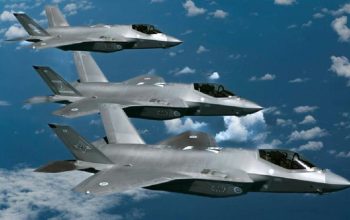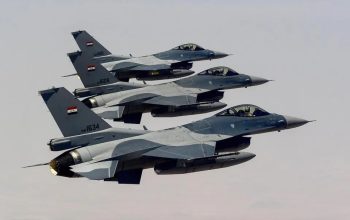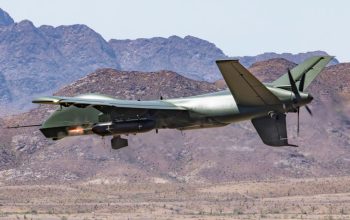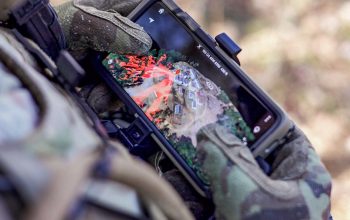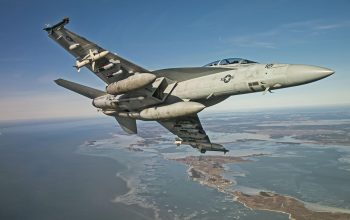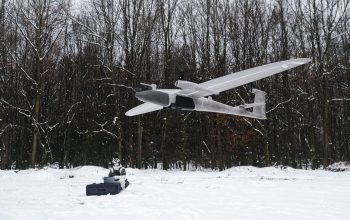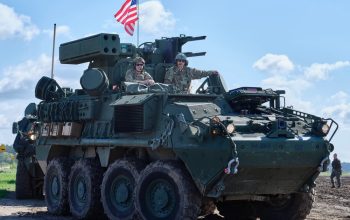The U.S. State Department has made a determination approving a possible Foreign Military Sale to the Government of Oman of Joint Stand Off Weapons (JSOW) and related equipment for an estimated cost of $385 million. The Government of Oman has requested to buy forty-eight (48) AGM-154C Joint Stand Off Weapons (JSOW). Also included are Dummy Air Training Missiles; Captive Flight Vehicles (CFVs) or Captive Air Training Missiles (CATMs); Environmental Determination Test Vehicles (EDTVs); Free Flight Vehicles (FFVs); containers; mission planning; integration support and testing; munitions storage security and training; weapon operational flight program software development; transportation; tools/test equipment; support equipment; spare/repair parts; publications/technical documentation; personnel training/training equipment and other related elements of logistics and program support.
The proposed sale would increase the Royal Air Force of Oman’s ability to secure Oman’s borders, airspace, and territorial waters. This expanded capacity will be a force multiplier and help negate regional security threats. Recent attacks on ships in the Gulf of Oman have increased Oman’s need for weapons that enable it to defend its territorial waters and ensure freedom of navigation. Oman will have no difficulty absorbing these articles into its armed forces. The proposed sale of this equipment and support will not alter the basic military balance in the region. Implementation of this proposed sale will require annual trips to Oman involving U.S. Government and contractor representatives for technical reviews, support, and oversight for approximately seven years. The principal contractor will be Raytheon Missiles and Defense Company, Tucson, AZ.
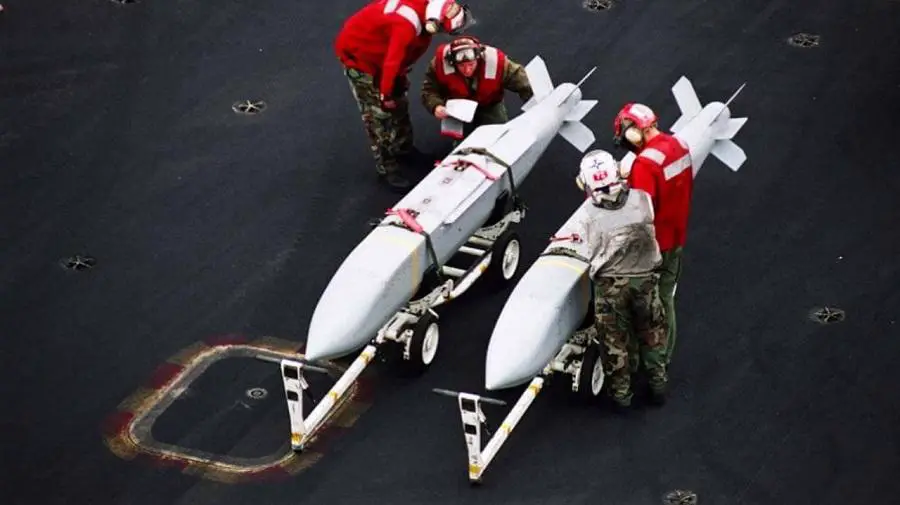
The AGM-154 Joint Standoff Weapon (JSOW) is a glide bomb that resulted from a joint venture between the United States Navy and Air Force to deploy a standardized medium range precision guided weapon, especially for engagement of defended targets from outside the range of standard anti-aircraft defenses, thereby increasing aircraft survivability and minimizing friendly losses. The designation of the Joint Standoff Weapon as an “air-to-ground missile” is a misnomer, as it is an unpowered bomb with guidance avionics, similar to the older GBU-15. The JSOW is a fire-and-forget weapon that employs a tightly coupled GPS/INS for navigation, and is capable of day/night and adverse weather operations. The JSOW-C adds an infra-red seeker for terminal guidance.
The Joint Standoff Weapon is just over 410 centimetres (160 in) in length and weighs about 450 kilograms (1,000 lb). The JSOW was originally to be delivered in three variants, each of which uses a common air vehicle, or truck, while substituting various payloads. The AGM-154A (JSOW-A) entered service in 1999. US Navy and Air Force developed the AGM-154B (JSOW B) up until Multi-Service Operational Test & Evaluation (MOT&E) but the Navy decided not to procure the weapon when the Air Force left the program. The AGM-154C (JSOW BROACH) entered service in February 2005. The AGM-154C uses an Imaging Infrared (IIR) terminal seeker with autonomous guidance. The AGM-154C carries the BROACH warhead. This two stage 225 kg (500 lb) warhead is made up from a WDU-44 shaped augmenting warhead and a WDU-45 follow through bomb. The weapon is designed to attack hardened targets. It entered service with the US Navy in February 2005.
